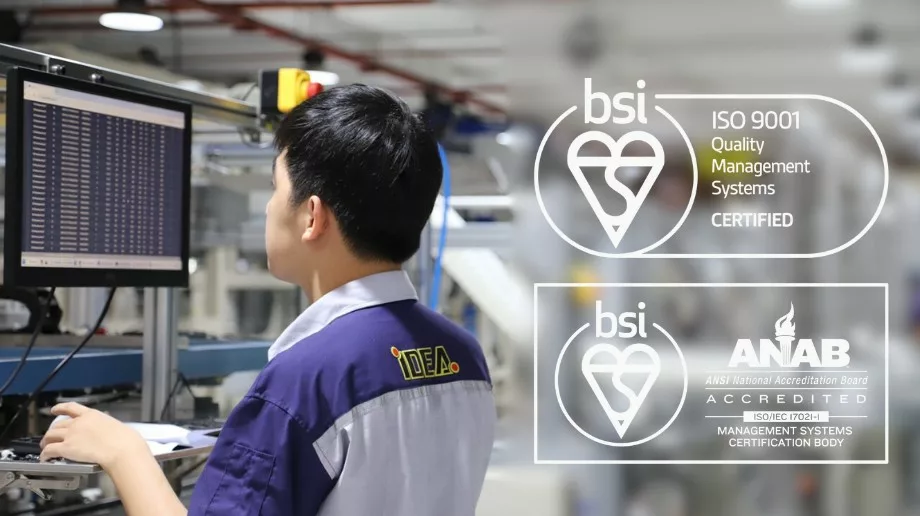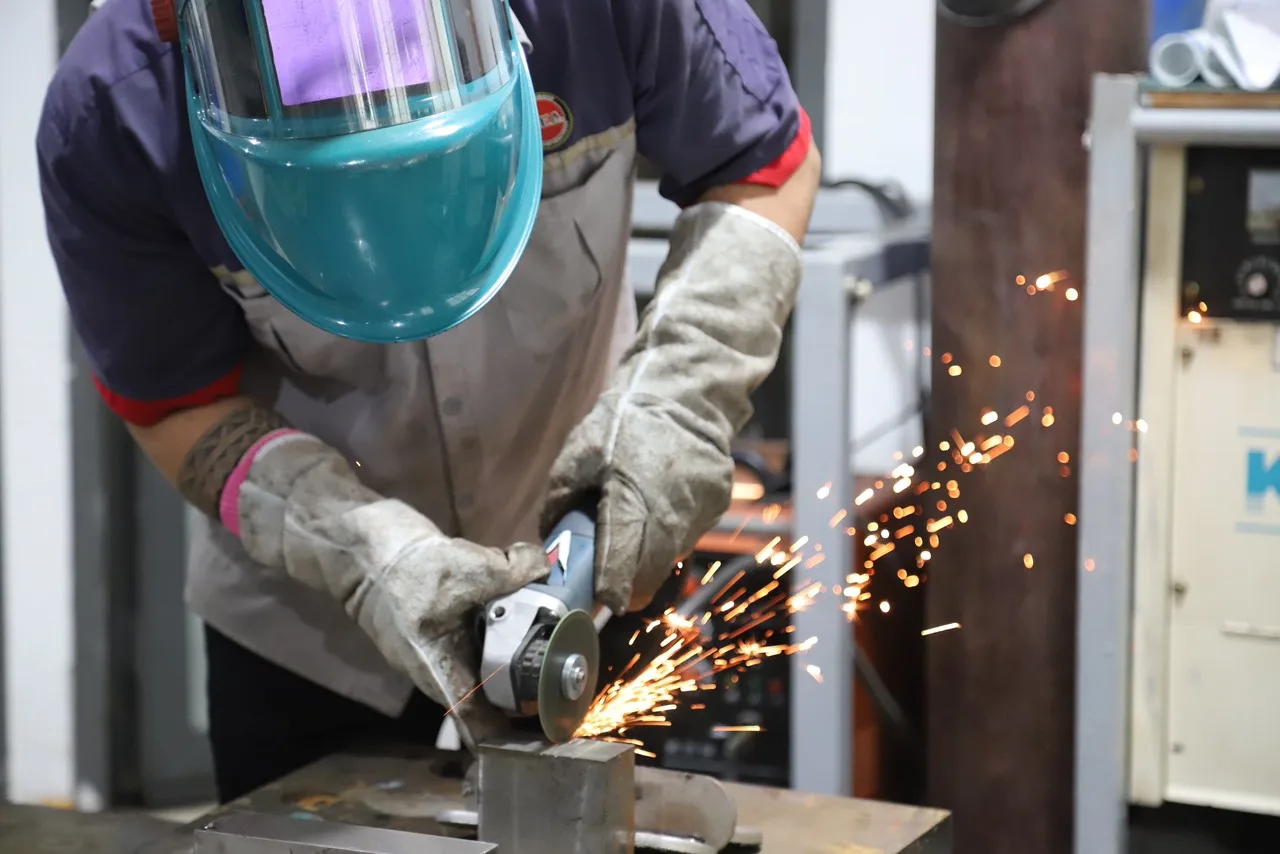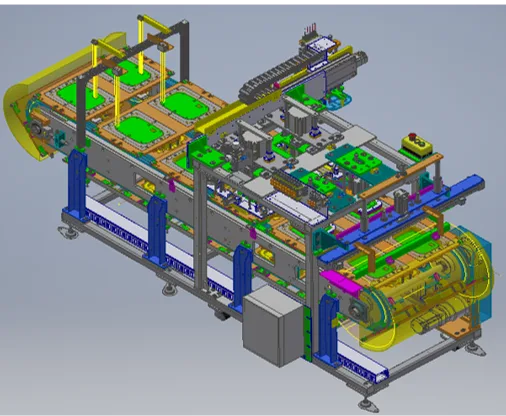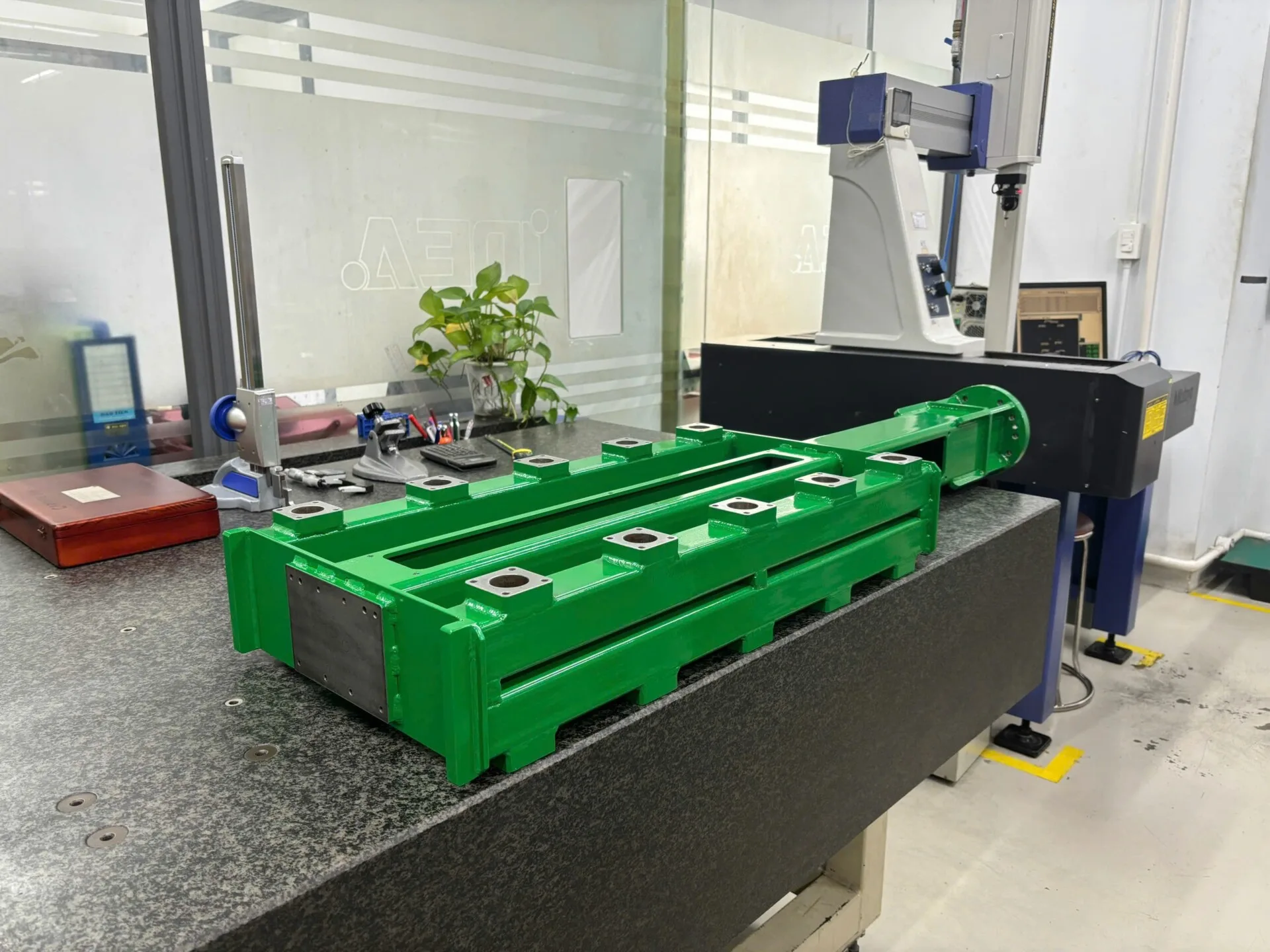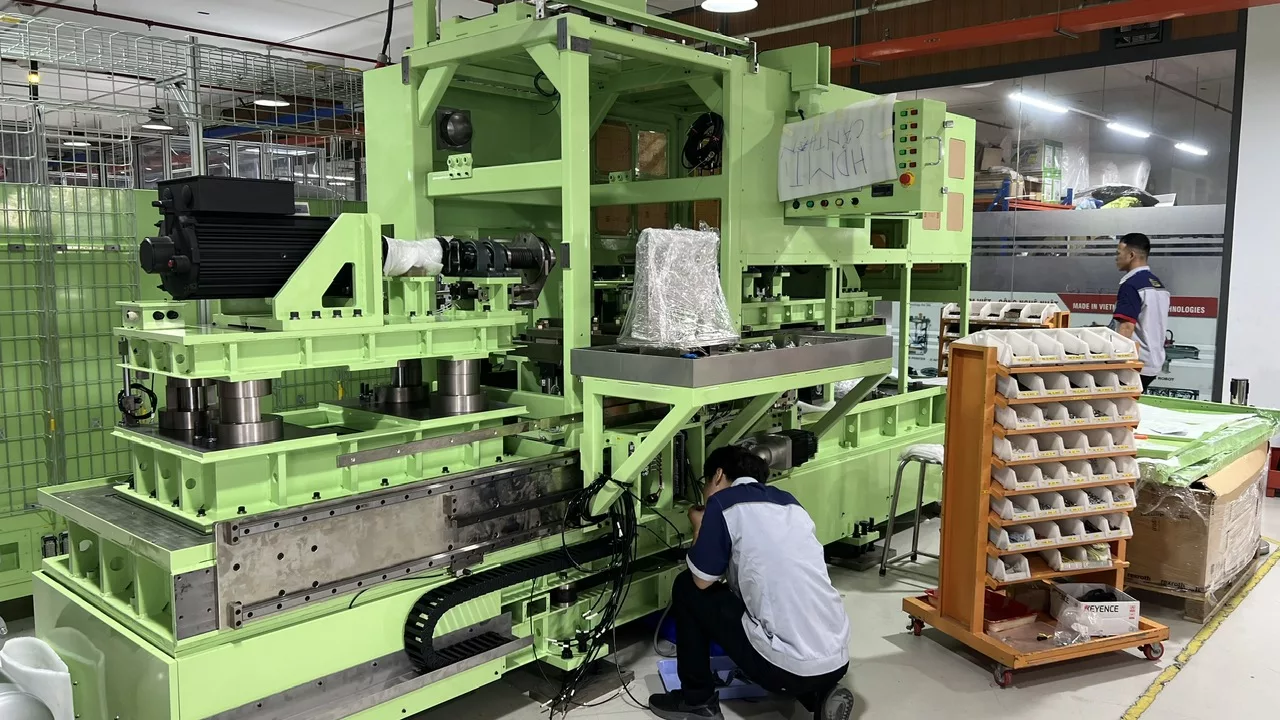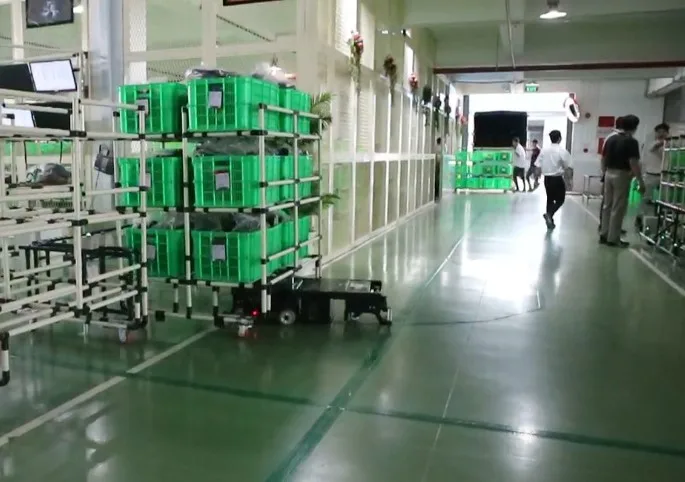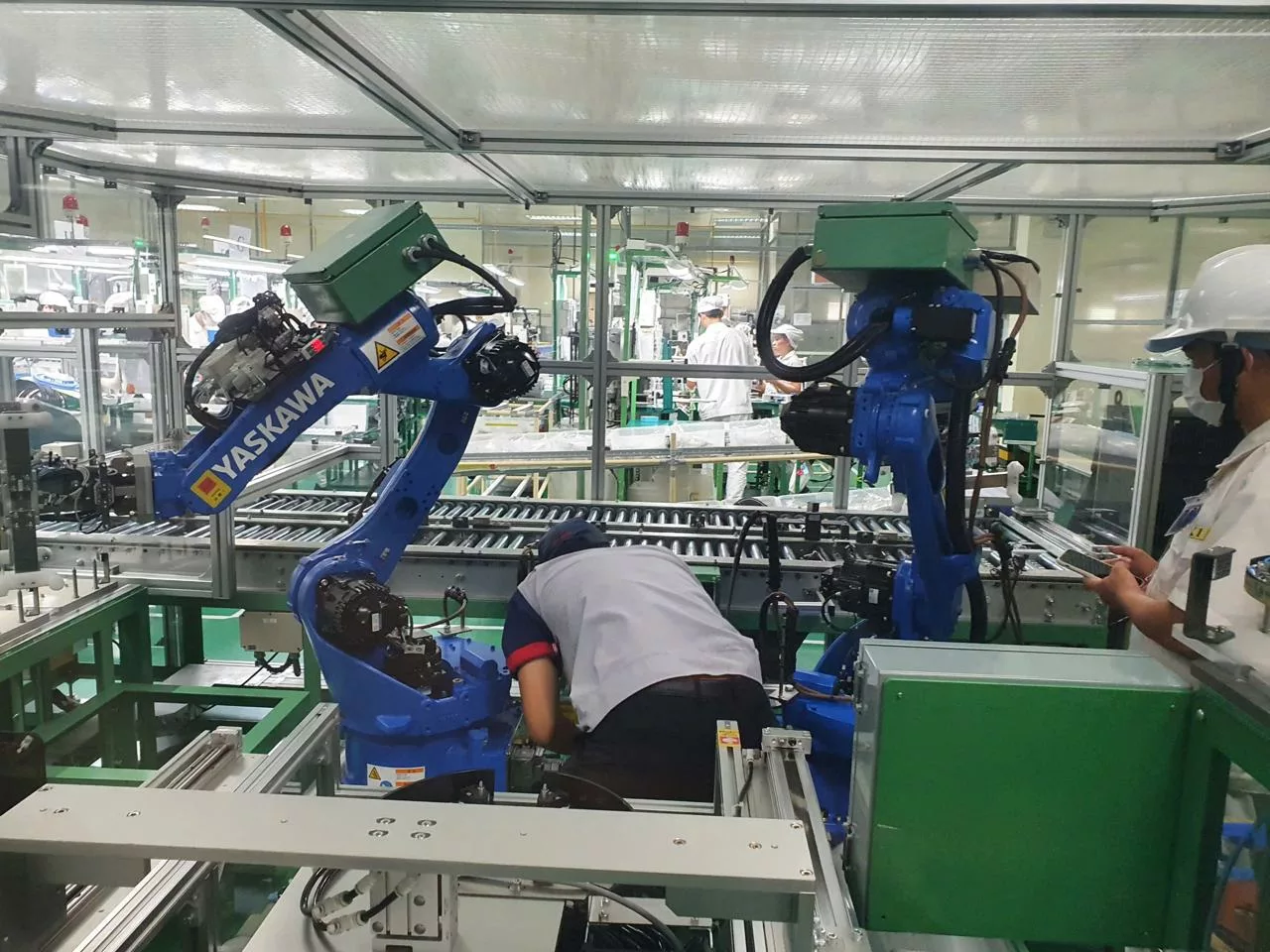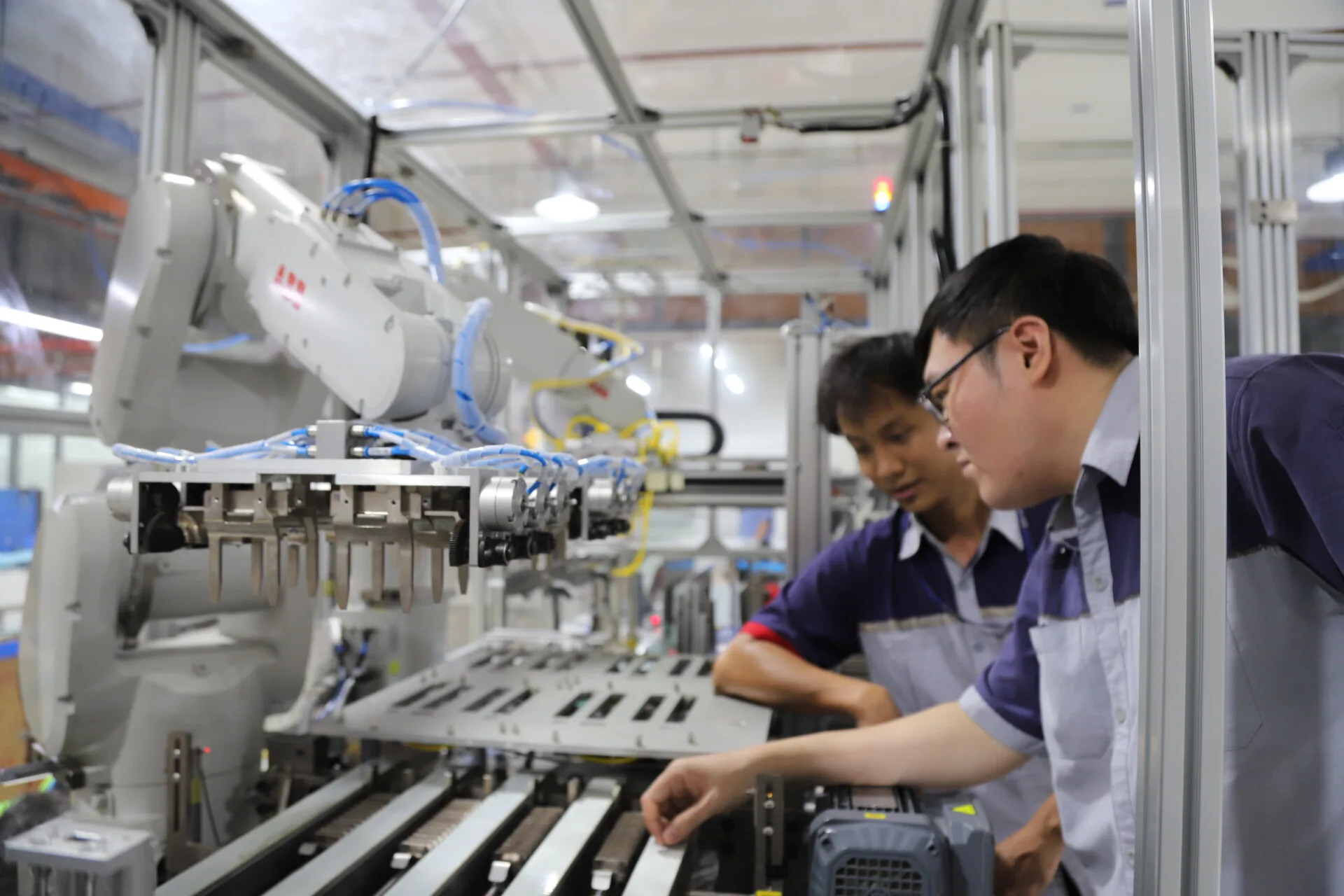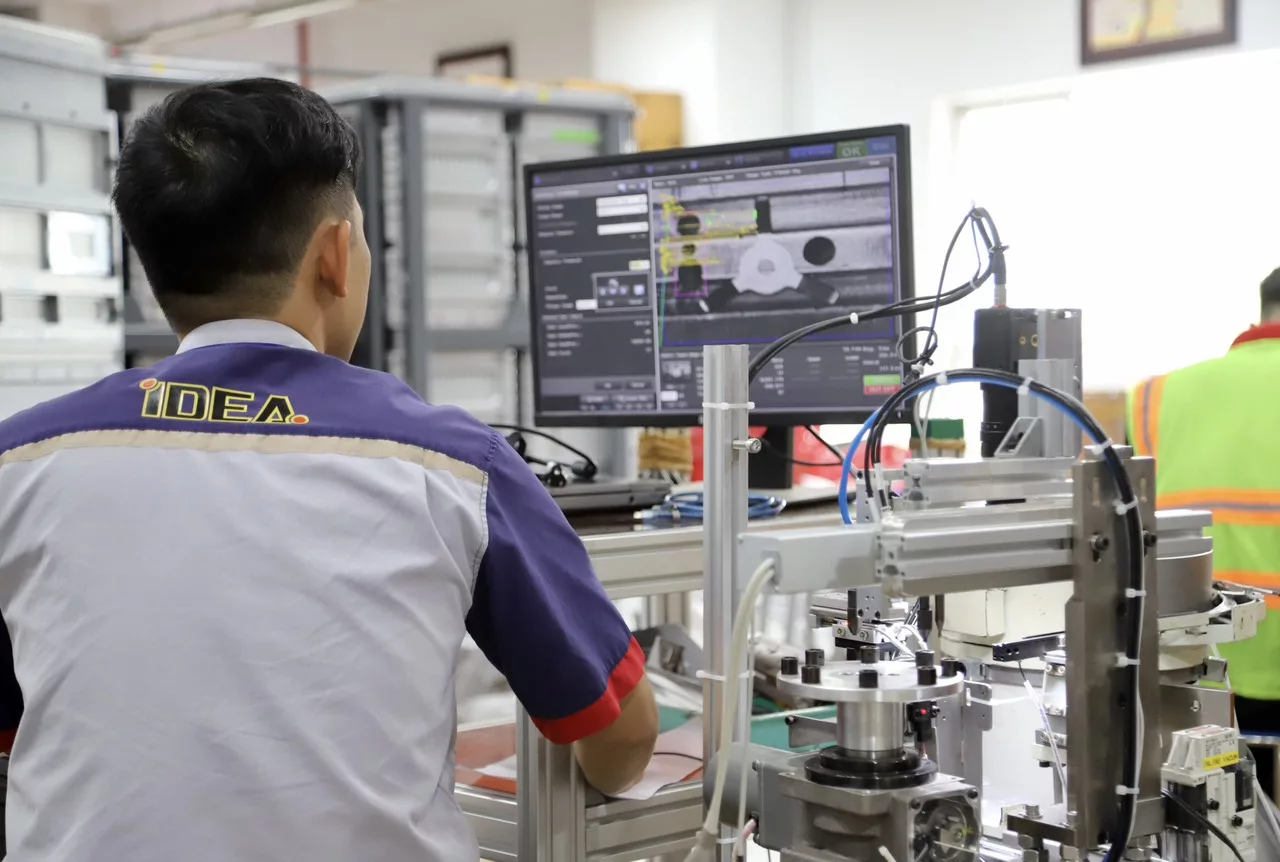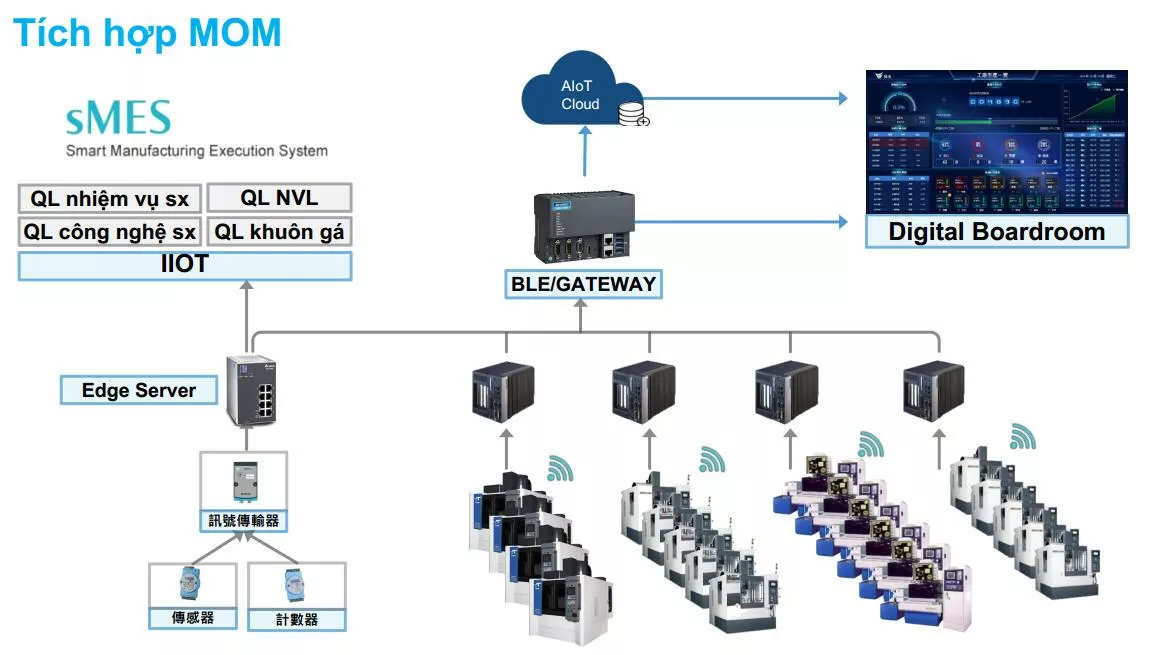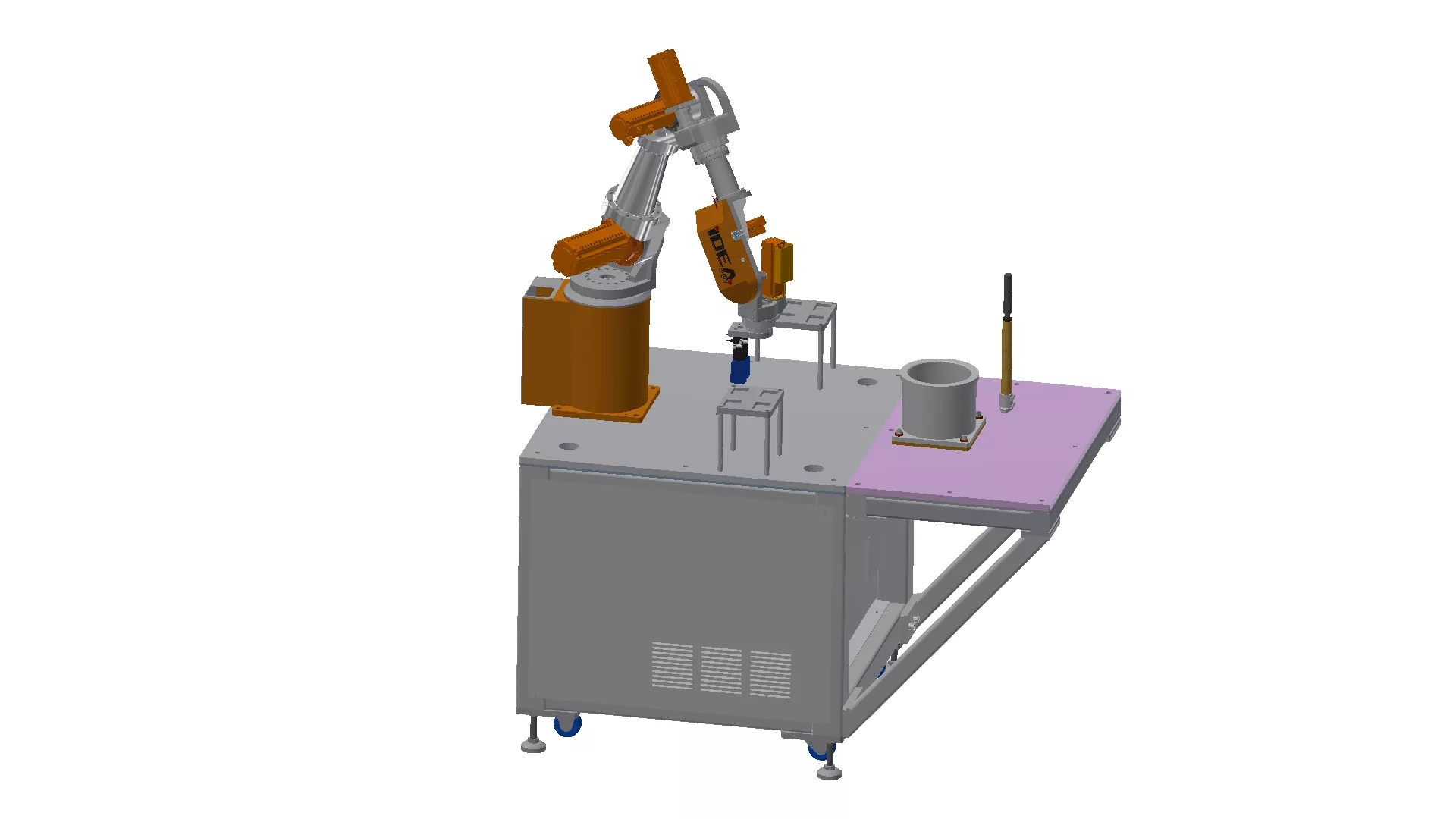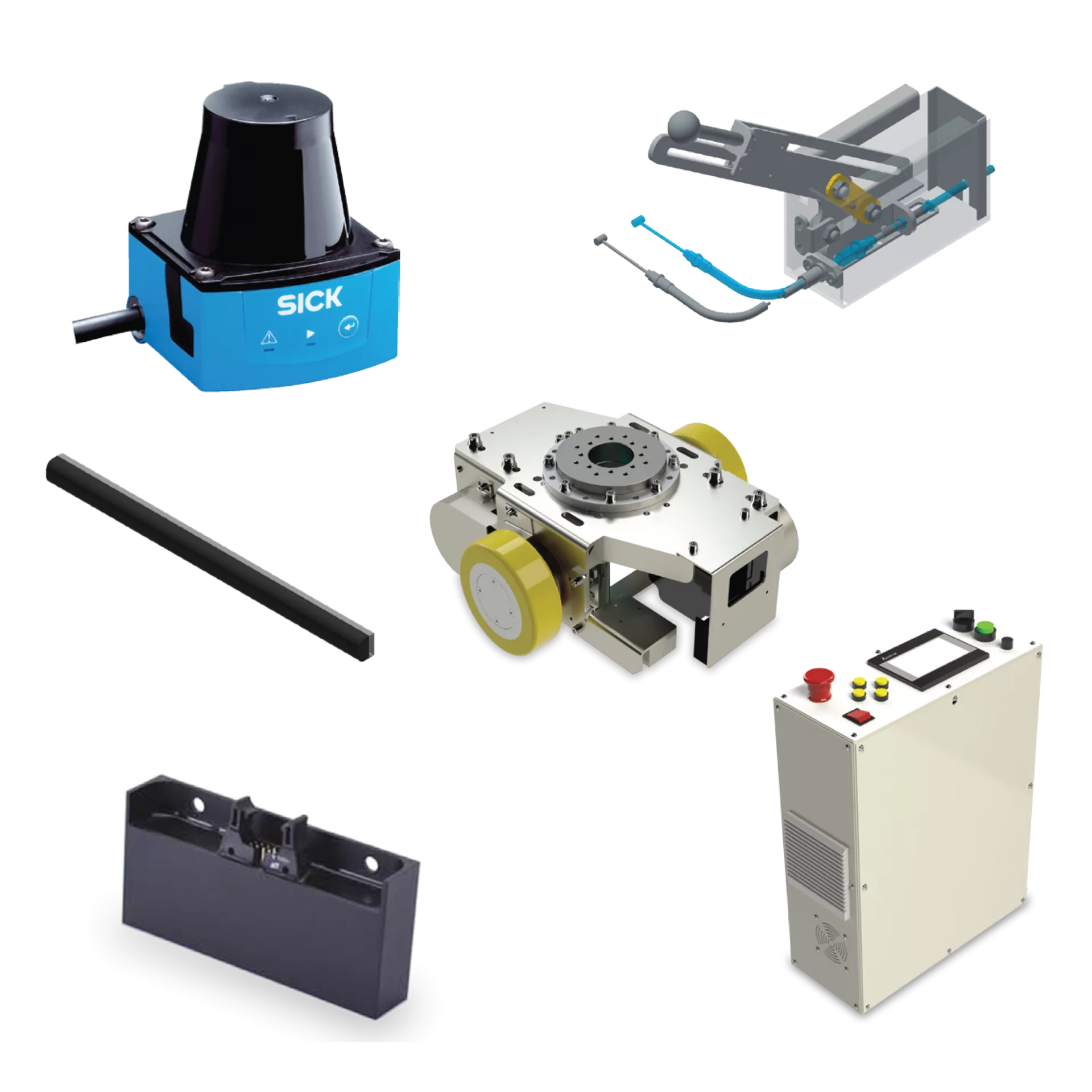Efficient and reliable custom machinery begins with a thorough and well-planned design validation process. From initial concepts to final product deployment, validating each design step ensures not only operational efficiency but also aligns with safety and performance standards. Techniques like prototype testing and risk reduction are pivotal in identifying potential issues before full-scale production, minimizing costly errors and delays.
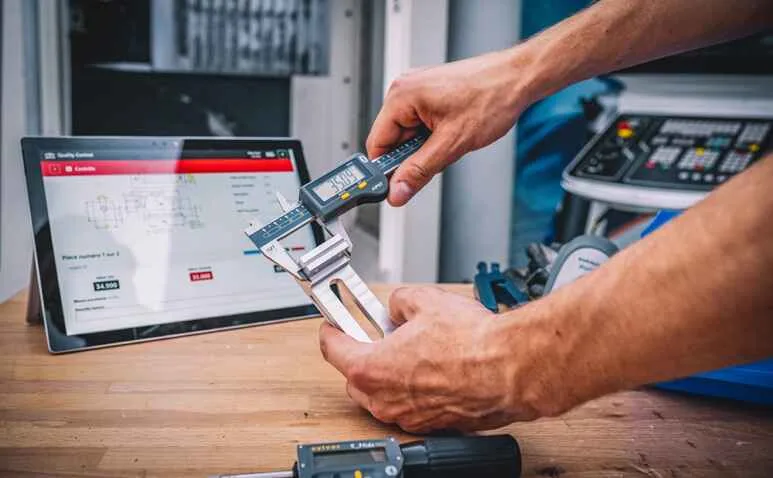
What is Design Validation for Custom Machinery?
Design validation is a critical phase in the development of custom machines, ensuring that the final product meets intended use, user requirements, and safety standards. Unlike design verification, which checks if design outputs meet inputs, validation tests whether the machine works effectively in real-world conditions.
Why It Matters
- Ensures machinery aligns with customer and operational needs.
- Reduces costly redesigns and post-deployment failures.
- Improves product safety and regulatory compliance.
Key Design Validation Techniques
Several design validation techniques can be applied throughout the custom machinery development lifecycle. Proper implementation of these methods can lead to streamlined production and enhanced machine reliability.
1. Prototype Testing
Prototype testing remains one of the most effective methods for validating complex designs. By creating a working model of the machinery, engineers can evaluate physical, mechanical, and software-related aspects in a controlled environment.
Benefits of prototype testing include:
- Early detection of design flaws or inefficiencies.
- Verification of component fit, function, and tolerance levels.
- Facilitation of user-focused feedback before mass production.
2. Failure Mode and Effects Analysis (FMEA)
FMEA is a proactive risk assessment technique that identifies potential failure points in the equipment design. It supports risk reduction by prioritizing issues based on severity, occurrence, and detection.
This data-driven process helps teams to:
- Address high-risk components before production.
- Implement targeted design corrections.
- Enhance overall system resilience and reliability.
3. Simulation and Virtual Testing
Using CAD and CAE tools, virtual testing enables engineers to simulate various performance scenarios. This is particularly useful during early design phases when physical prototypes may be cost-prohibitive.
With software like SolidWorks or ANSYS, teams can:
- Analyze stress and load distribution under different conditions.
- Optimize mechanical structures for weight and efficiency.
- Accelerate design cycles without sacrificing accuracy.
4. Compliance and Standards Verification
Design validation also includes verifying compliance with relevant industry standards and certifications, ensuring safety, quality, and regulatory acceptance in different markets.
Resources such as Che Tao May IDEA offer insights and tools to ensure that custom machines comply with ISO, CE, and OSHA regulations.
Integrating Risk Reduction Into the Validation Process
Risk reduction should be integrated throughout the design validation phase to mitigate uncertainties resulting from material selection, operational environments, or human interaction.
Strategies for Effective Risk Reduction
- Conducting thorough root cause analysis during each test stage.
- Implementing modular design to isolate and mitigate risky components.
- Continuously collecting and analyzing test data for informed decision-making.
These best practices can be learned and applied effectively through platforms like IDEA Tech Mart, which specialize in industrial engineering solutions and product lifecycle management.
Partner with Experts in Design Validation
Executing successful design validation, prototype testing, and risk reduction requires a combination of technical expertise and advanced tools. At IDEA, we specialize in the end-to-end development of custom automation systems, from conceptual design to final installation. Leveraging our Machine Design and Drafting Services, clients benefit from optimized workflows, validated designs, and reduced time-to-market.
Don’t leave your machinery’s performance to chance—engage with IDEA today and ensure your next custom machine project is validated, efficient, and production-ready. Experience the advantage of working with Vietnam’s leading industrial design and manufacturing partner.



